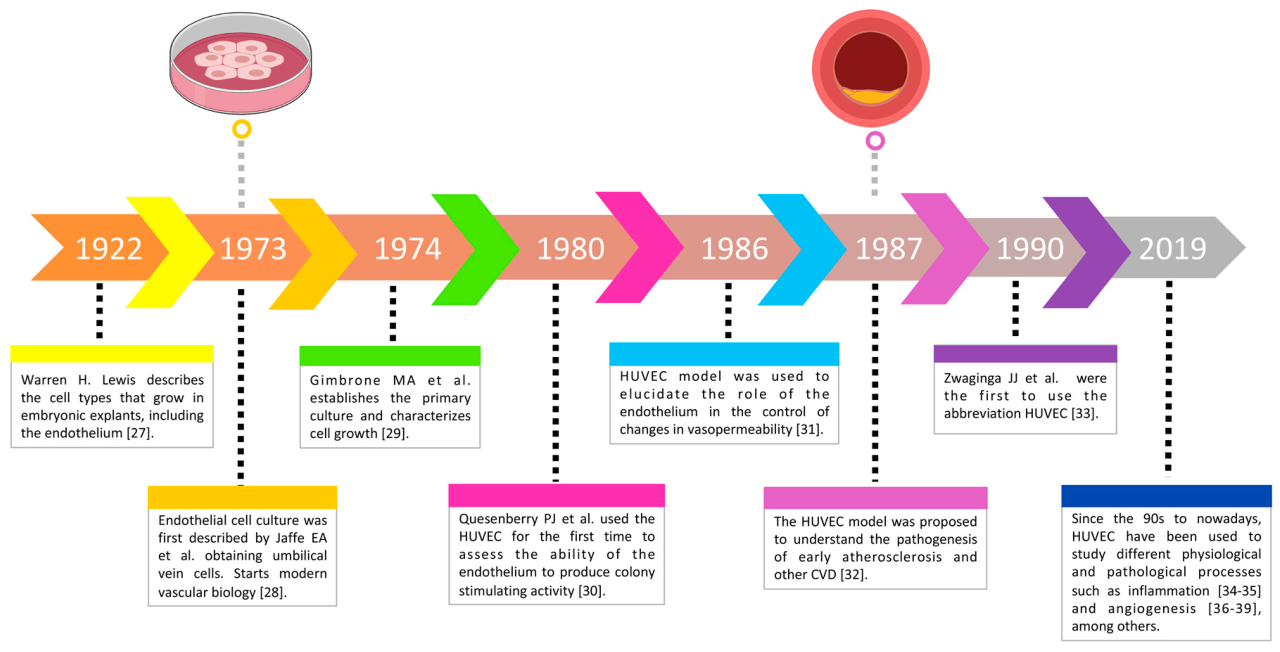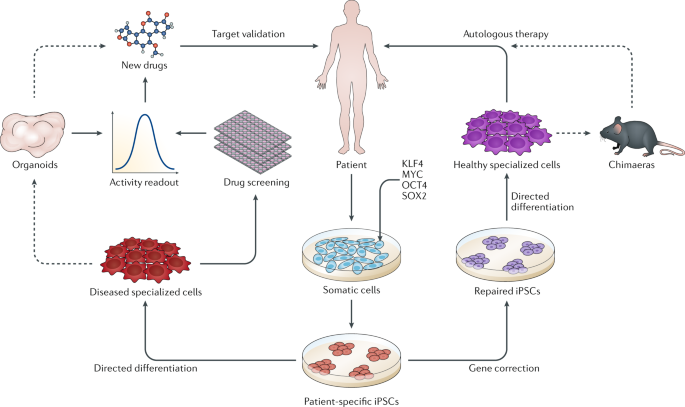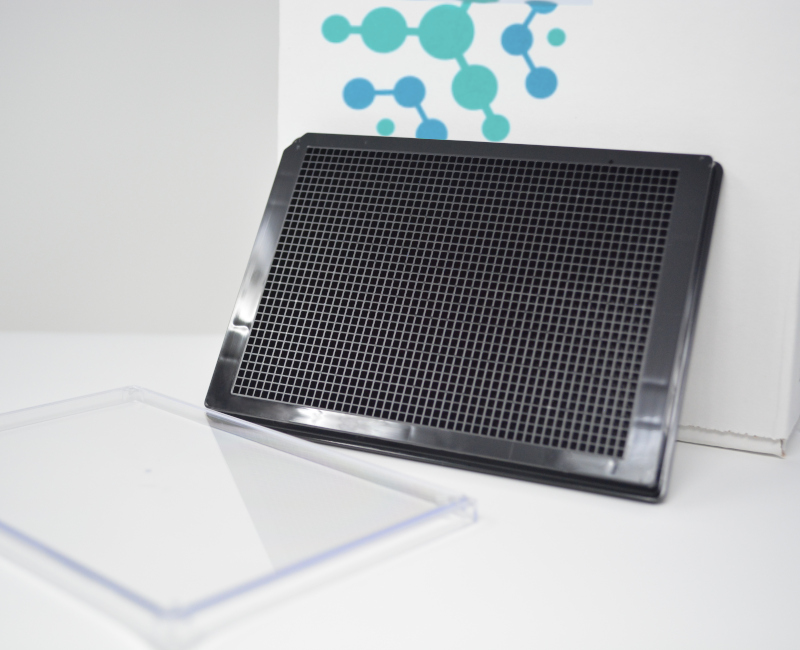
TRACING THE LINEGAE OF 3D CELL CULTURE
In late 19th century, it was demonstrated by Wilhelm Roux that it is possible to maintain living cells outside the body in saline buffer for a few days. (1). At the same time in parallel, Leo Loeb evaluated a technique called `tissue culture within the body´, wherein Loeb was able to culture cells from body tissues, by placing the tissue sample in agar and serum coated dish. (1). Yet another technique of cell culture in vitro was developed by The American embryologist Ross Granville Harrison in first decade of 20th century. Harrison experimented with living frog embryonic tissue and isolated them outside the body.
He placed the tissue in a solution of lymph on a coverslip, inverted the material on the slide and maintained the explant tissue in hanging drop, these experiments made the cell life visible. (2). the early 20th century was the time when the basic principles for plant and animal cell cultures in vitro were developed.
The first cell line – the L cell line- was established by Earle in 1948, this cell line was derived from subcutaneous mouse tissues. Based on the knowledge about the cell cycle and gene expression regulation, in 1986, the first therapeutic protein- recombinant tissue type plasminogen activator was obtained in the culture of immortalized Chinese hamster ovary cell line. (3).
EVOLUTION OF INDUCED PLURIPOTENT STEM CELLS

Induced pluripotent stem cells are genetically identical to mature body cells from which they are derived. It was noticed that the same genes are chemically altered in stem cells derived from adult cells when cells undergo differentiation. It was also stated that there is high degree of overlap between the differentially methylated regions and genes that are involved in reprogramming fibroblasts into stem cells and reprogramming a normal cell into cancer cells.
3D CULTURE DEVELOPMENT

Extracellular matrix development allows to obtain cell-cell and cell-matrix interactions in cultures. Using 2D cultures, the researchers couldn’t mimic in vivo state. The classical monolayer cultures have various limitation like loss of tissue specific architecture or cell-cell interaction. (1) The new technique developed helped to improve cell culture microenvironment, this technique gave possibility to achieve non-adherent and adherent cell cultures. The 3D culture format gives unique possibility to analyze and to understand tumor cell growth, migration, therapy resistance. The 3D cell culture technique is based on the idea to mimic and has many advantages.
REFRENCES:
1. Rodriguez‐Hernandez CO, Torres‐Garcia SE, Olvera‐Sandoval C, Ramirez‐Castillo FY, Muro AL, Avelar‐Gonzalez FJ, Guerrero‐Barrera AL. Cell culture: history, development and prospects. International Journal of Current Research and Academic Review. 2014; 12: 188–200.
2. Dove A. Cell culture enters the third dimension. Science. 2012; 338: 1366–1368. doi:10.1126/science.opms.p120007
3. Lai T, Yang Y, Ng SK. Advances in mammalian cell line development technologies for recombinant protein production. Pharmaceuticals. 2013; 6: 579–603. doi:10.3390/ph6050579


